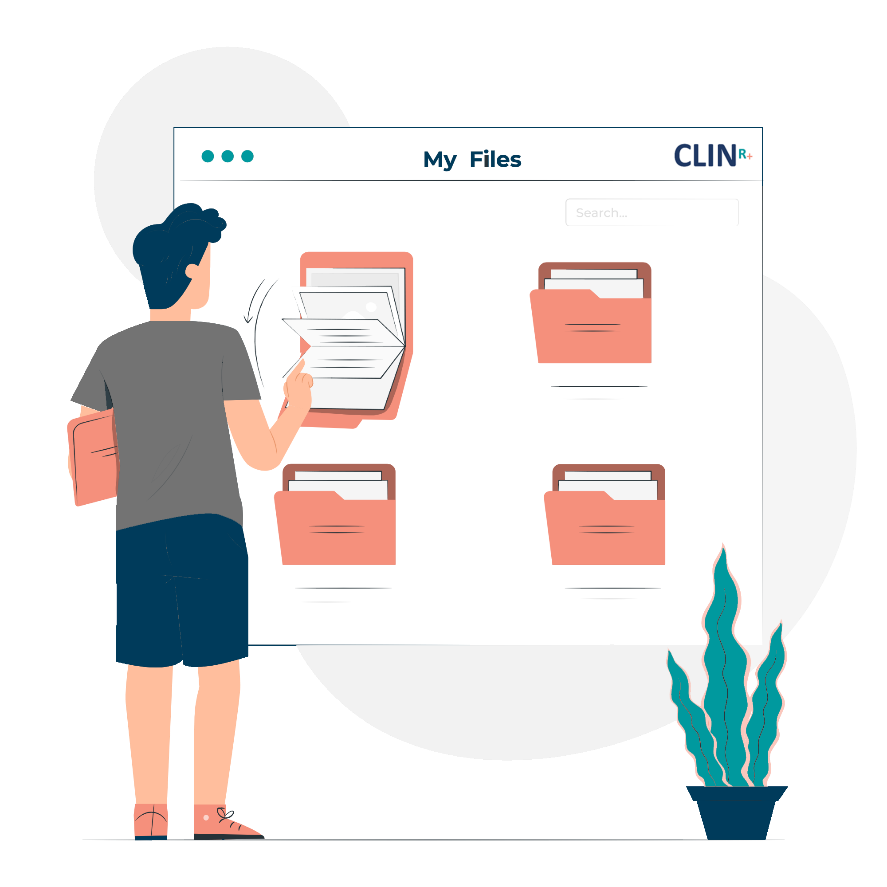EU MDR how to structure your Medical Device Technical Document
EU MDR Technical Document
For devices to be sold in the EU market, the medical device technical document is an essential requirement. The device’s design, intended use claims, composition, and clinical studies are all covered in great depth in the Technical Document. It serves as a device’s “everything you must know” manual, so let’s look at what it entails.
Technical document requirements
Manufacturers must understand the specifications for the technical document if applying for a CE Mark. Here’s how to format yours to gain entry to the EU.
A technical document is necessary for all kinds of gadgets that join the EU market. It can confuse manufacturers that some products with lower risk categories have a self-declaration that does not need a Notified Body’s approval to evaluate a technical document.
By self-declaring, your business is stating that its product complies with all regulations. You must also determine the legal framework that applies to your equipment and which examinations are required. These are tasks that a third party would otherwise undertake, which aren’t always straightforward.
If you are working with a Notified Body, they will certainly review your file. No matter which category your product falls under or which route you choose, a technical document is required.
The EU MDR states that medical device manufacturers must:
- Prepare technical documentation before placing a product on the market.
- Ensure technical documentation is available to the market surveillance authorities if they request it as soon as you place the device on the market.
- Keep records of technical documentation for 10 years from the date you place the product on the market (unless explicitly specified otherwise).
What is the structure of technical documentation?
MDR — Annex II (TD) outlines the requirements for the technical document under EU MDR and Annex III for PMS.
Strong organisation, readability, and layout are essential components of technical documentation. Manufacturers should invest in technically qualified writers to ensure that all word documents produced adhere to the required advanced Microsoft formatting and styles. The MDR now requires this, and all informed bodies will expect it.
“The technical documentation and, if applicable, the summary thereof to be drawn up by the manufacturer shall be presented in a clear, organised, readily searchable and unambiguous manner, and shall include in particular the elements listed in Annex II.”
Annex II outlines the structure of the Technical Document, as illustrated in the figure below.

As a minimum, the technical documentation should have:
- A device description and specification section. You should include your unique device identifier (UDI) number on this.
- Labelling and instructions for use. (Note: If you intend to enter an EU nation, you will require a translation for the native tongue.)
- Detailed information on design and manufacturing. (We advise you to use flowcharts, showing links and processes in depth.) You must also display manufacturing procedure, suppliers, and materials.
- Detailed risk management information in compliance with ISO 14971.
- General Safety and Performance Requirements (GSPR), previously known as necessary conditions. It lists all the requirements specific to your device type. Your traceability matrix and the information within it will help you address the GSPR criteria from a design control perspective.
- Verification and validation information. The European Commission heavily weighted clinical data in terms of verification and validation. This is not just during design and development, but also post-market. CERs (Clinical Evaluation Reports) must detail the device’s construction, intended uses, and any pertinent literature reviews.
- Post-market surveillance (PMS) information. This includes a PMS plan, post-market clinical follow-up (PMCF) plan, and periodic safety update report (PSUR).

CLIN-r+ recommendations
Start your MDR transition with technical document templates. You should create them in line with your brand identity and adhere to advanced MS Word structure and styles. This will satisfy the Notified Body’s expectations for navigation and formatting. You shouldn’t underestimate how much time this will save you in formatting your project. It will also help keep your team focused on the task at hand.
Make sure the technical document templates you purchase are appropriate for the type and classification of your medical equipment. We recommend you avoid templates that are overly general, lack navigation, or not customised to your brand. These will probably only make your MDR transfer efforts more difficult.
Early in your MDR transition, collaborate with a clinical and assurance consultancy. This will make it much easier to lay the groundwork for a solid MDR transition strategy. They can also help create all the materials your project team will need before getting started. Manufacturers frequently underestimate the resource requirements of a MDR transition. Agencies can contribute desperately needed resources and knowledge to lighten the load.
You can consider your MDR transformation journey a means to maintain a competitive edge in the modern marketplace. It is also a good chance to up-skill your personnel. The tightening of regulations continues unabated as consumer pressure increases in our highly linked society. A powerful superpower is learning to conform to general performance and safety norms. You can use your Technical Document extensively in business strategies, and this will draw in investors and ease market entry (health economics data in your clinical evaluation).
We hope this information has helped you structure your Technical Document. Should you have any questions or need professional assistance, CLIN-r+ has a wealth of experience in Medical Device Technical Documentation. Get in touch!

